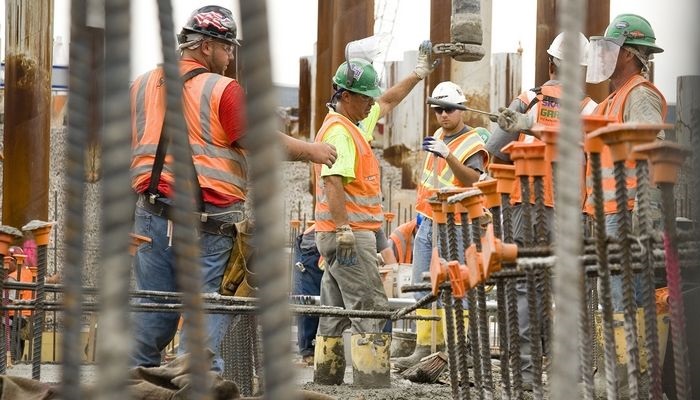Construction has always been a key part of city and community development. However, in the past several years, one major trend has begun re-shaping the entire workforce: the skilled labor shortage. Every member of the workforce, from the small contractor to a large construction company, will be impacted by a lack of trained and experienced labor available to perform work.
The skilled labor shortage not only has an adverse effect on projects’ timelines but is causing a much more widespread movement to rethink the overall industry’s relationship with the workforce.
For example, many construction companies are examining different methods to entice new labor, focus on training or try again to make use of technology to remedy these workforce shortages. As a result, the construction industry is undergoing an overall paradigm shift.
Why Is There a Skilled Labor Shortage?
The shortage can be attributed to multiple reasons. A large share of the construction workforce is aging and retiring, while too few new workers are taking their place. Schools and training programs no longer make careers in the trades a top priority, and we see that young people are often pursuing careers as office workers instead.
In addition, construction can be very labor-intensive. Long hours, working outdoors, and the pressure of job deadlines can discourage some people from pursuing the industry. Plus, the construction industry has not readily adopted technology or alternative working arrangements attractive to younger workers.
How It’s Changing the Industry?
Due to the lack of skilled workers, construction companies are responding in numerous ways. Many companies are developing talent in-house by investing in training.
Rather than wait for skilled workers to show interest in applying for jobs in construction, companies are building a workforce by offering in-house training opportunities, which can come in the form of apprenticeships, mentorship programs, etc.
Additionally, and in part, technology is driving this change in workforce development. Drones, robotics, and 3D modeling software are all helping companies finish projects faster and with fewer workers.
Digital platforms allow supervisors and managers/sites to track progress, enhance safety implementations, and reduce the impact of human error/individual mistakes. Technology is increasingly becoming part of the fabric of every construction project.
The Role of Training and Education
Training is now at the core of the construction labor workforce in the modern age. Trade schools and community colleges, in particular, are scaling up buildings, to house more programs to recruit new students.
Short courses, certifications, and even workshops with hands-on learning are now training the workforce with the needs to be successful.
Companies, as a response, are also collaborating with local governments and organizations to advocate for construction careers.
The intention being, to show students that construction has good wages, security through career sustainability, and once involved, potential for growth.
Building trades at this time is not only comprised of skilled physical labor, as the industry has advanced, skilled labor to be successful is predicated on the use of technology and problem-solving.
Conclusion
The skilled labor shortage has definitely created challenges. But it has also opened the door for innovation and growth. The construction workforce of the future will be more diverse, more tech-driven, and better trained.
To overcome the shortage, the industry must continue investing in education, technology, and inclusive hiring practices. Governments, schools, and businesses must work together to build awareness about the benefits of choosing construction as a career.
In the end, this transformation is not just about solving a labor problem. It’s about creating a smarter, stronger, and more efficient construction industry for future generations. The companies that adapt now will lead the way in shaping the future of how we build our world.

